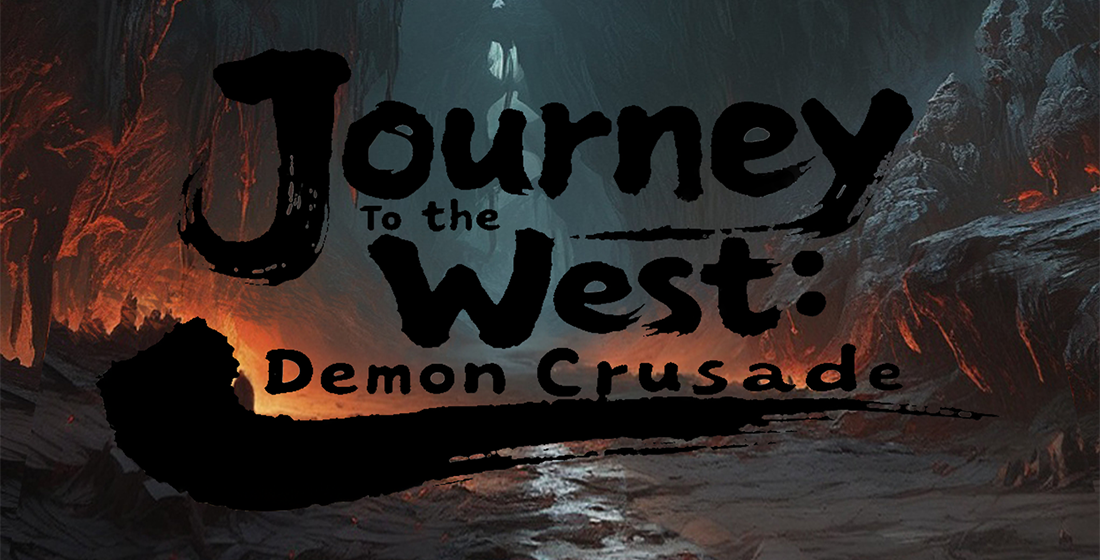How Open World Games Are Shaping the Future of Life Simulation Games
Open world games have been a staple in the gaming industry for over a decade, captivating audiences with their immersive experiences and expansive landscapes. As technology has progressed, these games have not only grown in popularity, but they have **fundamentally shaped** other genres as well, particularly in the realm of life simulation games. This article outlines the transformative impact of open world games on life simulation games, particularly focusing on mechanics, story design, and player engagement.
The Essence of Open World Games
So, what exactly is an open world game? At its core, an open world game allows players to explore a vast environment freely, as opposed to the linear gameplay of traditional games. Players can choose their path, interact with characters, and complete missions at their own pace. Some popular examples include:
- The Legend of Zelda: Breath of the Wild
- Grand Theft Auto V
- Red Dead Redemption 2
The success of these titles has motivated developers to integrate open world elements into various genres, including life simulation games, greatly enriching the player’s experience.
Life Simulation Games: A New Frontier
Life simulation games, like The Sims and Animal Crossing, offer a different kind of gameplay where players shape lives in a virtual world. However, as **open world mechanics** seep into this genre, they are evolving into something more dynamic. Here’s how:
| Feature | Traditional Life Simulation Games | Open World Life Simulation Games |
|---|---|---|
| Environment Interaction | Fixed locations, limited exploration | Expansive worlds, free-roaming |
| Narrative Structure | Set storylines, predictable outcomes | Diverse narratives, player-driven stories |
| Customization | Character customization with limits | Unlimited character modifications and homes |
Best Story Mode Games in 2016 and Beyond
When we talk about exemplary games that have capitalized on immersive storytelling within open worlds, it’s essential to recognize some of the best story mode games from **2016 and onwards** that intertwine elements of life simulation:
- The Witcher 3: Wild Hunt
- Firewatch
- Life is Strange: Before the Storm
These games not only provide great narratives but also allow players to engage with their surroundings and make meaningful choices that affect the game world.
Emphasizing Player Freedom
One of the critical aspects of open world games is the significant degree of freedom they offer players. Imagine a life simulation game where you, as the player, dictate how your character engages with others, builds relationships, or even shapes their environment. This encourages creativity and experimentation, inviting players to explore their virtual lives as they see fit.
In traditional life simulations, player actions are often limited to predefined paths. With the open world integration, players feel **empowered and involved**, fostering a deeper emotional connection to their character's journey.
Transforming Social Interactions
In open world life simulation games, social interactions are also expanding. These games often allow players to meet other citizens of the virtual world organically, forming friendships and rivalries that can evolve as the game progresses. Players can experience real-life social dynamics within their games, creating a rich tapestry of interactions that go beyond simple AI-generated responses.
Technology and Future Directions
The trajectory of open world life simulation games also depends heavily on technological advancements. Technologies like virtual reality (VR) and augmented reality (AR) offer players an even more immersive experience, transforming how they interact with their environment and other characters.
Certainly, the rise of mobile gaming should be considered too. **Free offline RPG games for Android**, for example, are making gaming more accessible, allowing players to experience life simulation in open-world formats without needing constant internet connectivity.
Conclusion
In conclusion, the influence of open world games on life simulation is profound and ongoing. By allowing players greater freedom, interaction, and customization, they have revitalized the genre, urging game developers to innovate and cater to a dynamic audience looking for deeper engagement. As we glance into the future, the combinations of advances in technology and evolving gameplay that take cues from open world formats will undoubtedly shape the next generation of life simulation games. Be on the lookout for upcoming releases that push the boundaries of storytelling, player agency, and virtual relationships!



